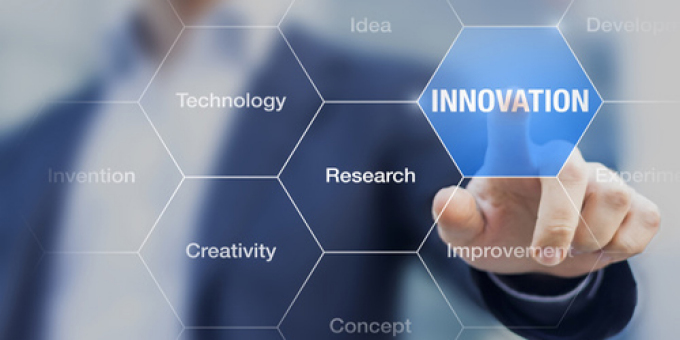
Prototypical product development
Developing Climate Service Prototypes for Products and Services
Both the commercial and the public sectors have recognised the growing importance of climate-relevant questions, particularly in regards to reducing greenhouse gas emissions (mitigation). The need, however, for adapting to climate change is often neither sufficiently understood nor taken into consideration in long-term planning. One reason is because strategic planning in business, for example, might normally only cover a time period of a few years. It can also be attributed to the fact that decision makers often lack the necessary knowledge on this topic. GERICS is dedicated to this issue by developing application-oriented knowledge in close cooperation with partners and customers so that the climate perspective can be adequately integrated into the respective decision process. This concerns Climate Service product and service prototypes that precisely correspond to the particular user’s needs. The practicability of the prototypes is then tested after development. The emphasis, however, lies in the development of prototypes. Operational creation of products is handed over to third parties where appropriate.
The development of our Climate Service prototype products and services includes four phases:
1. Initiation and planning phase
2. Development phase
3. Testing phase
4. Operationalization phase
The individual phases consist of sub-processes, each of which is assigned to internal and external parties and responsible stakeholders. The structured approach to the development process offers a great deal of process transparency and ensures high process quality.
Phase 1 consists of significant steps ranging from generating the idea to project planning for prototypes. Ideas therefore can arise in different ways: based on client request, for managing problems or as self-initiated ideas.
In Phase 2, the concrete product is created in an iterative cooperation process together with partners and customers. At the end of this phase, a completed prototype has been created that can be tested in practice.
In Phase 3, the prototype is then thoroughly tested with partners in practice as well as with clients, undergoing revision or adjustment if necessary. Evaluation of the prototype is also undertaken in this phase. Furthermore, extensive documentation and quality control takes place during all phases of the prototype development.
In Phase 4, the prototype is converted to a prototype product. The decision is made on how this product will be utilised on a long-term basis in this phase. Here we aim to engage third parties (subcontractors, licensing agents). The development quality, however, must constantly be guaranteed.
GERICS Definition: Product and Service Prototypes
We understand Climate Service product and service prototypes to be novel, innovative and research-based information, processes and methods that integrate climate knowledge into decision-making processes. "Novel" in this context means that substantive value is added with this product or service. A prototype is developed during the co-development process together with application and scientific partners to address a specific issue for a particular user requirement. It can subsequently be transferred to other regions, users or sectors and can be brought into operationalization where appropriate.
GERICS currently works in two substantial prototype areas. One area includes different forms of fact sheets, the other includes modularly developed “consulting kits.”
